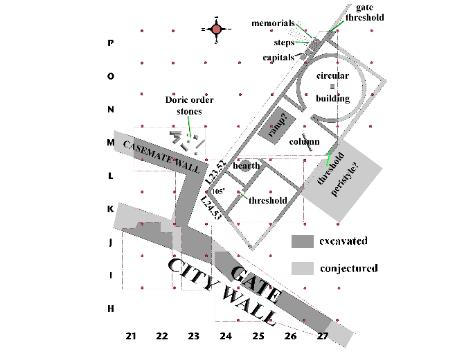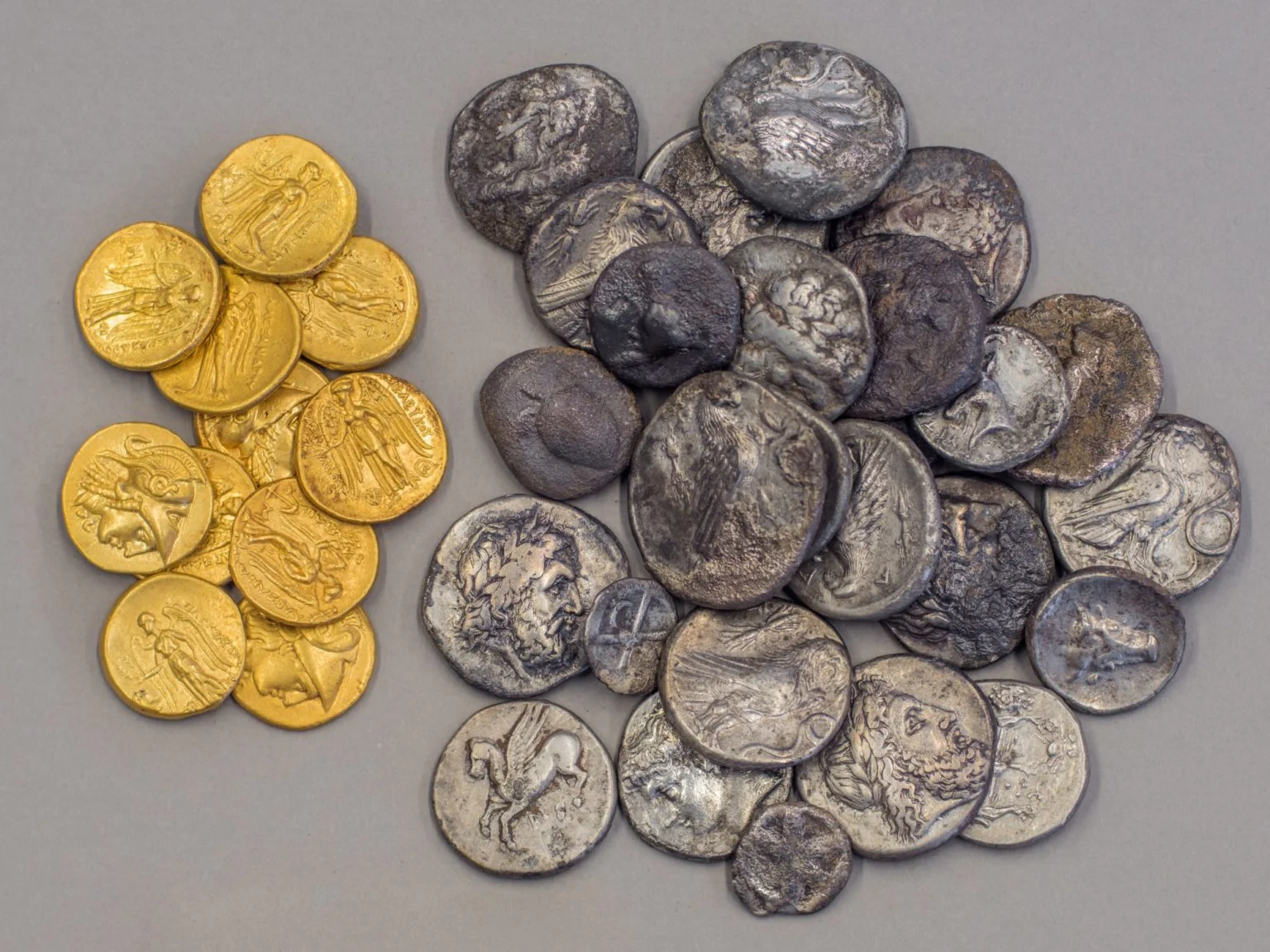The Villa dei
Papiri as reconstructed in Malibu, California,
got its name from the huge amount of papyrus scrolls found inside the house’s Library
in Herculaneum.
Unlike Pompeii, Herculaneum
did not burn after the eruption of Vesuvius in 79 AD but was buried under a
meters-thick layer of pumice. That saved the Library of the Villa that once
belonged to Julius Caesar’s
father-in-law. The collection counted more than 1800 papyrus scrolls and is
considered to be the largest surviving Library from Graeco-Roman antiquity.
When the
carbonized scrolls were discovered in the early 1800s, hopes were high to explore
the long-lost literary works from antiquity. These scrolls were, however, very
fragile and disintegrated as soon as they were touched.
Attempts to open and
unroll the rolls destroyed many of them, although some painstaking efforts by a
monk revealed philosophical texts written in Greek. Three centuries
later we are still trying to understand how to read the papyrus scrolls.
In 2015, a process called
micro-computed tomography (micro-CT) was developed to virtually unwrap fragile
scrolls. It was used successfully to digitally recover a burned Hebrew scroll.
Hopes ran high
to apply the same technique for the papyri of Herculaneum. Unfortunately, they
present another challenge as these texts are written in carbon ink, called
“lamp black”. This type of ink is not detected by the micro-CT imaging system
and the writing becomes ‘invisible’. More in-depth studies and new ‘learning
machines’ eventually opened the path to reading four passages inside the
unopened carbonized scrolls.
In order to read
entire scrolls, two key technical problems need to be solved. The first is to
trace the papyrus surface inside the scan of the scroll, which is called
segmentation. For the time being, this can only be done manually and costs a
fortune. The other issue is the scanning, which is currently carried out using
a particle accelerator in England.
This involves a precious conservator-supervised transfer of the scrolls, two at
a time, from Naples to England!
The entire
process requires much more fine-tuning and careful planning to finally set up a
workable and above all affordable technique – as the entire organization is
very expensive. With a little luck, it is expected that the scanning and
reading of the 300 scrolls from Naples
could be completed in two to three years.
This will be a
huge step forward to disclose the contents of hitherto unknown books and even
new titles. So much history, literature, philosophy, and poetry that remained
buried for two thousand years would finally be available! This is absolutely
mind-blowing!
Yet, there may
be hundreds or even thousands of scrolls still buried in the Library of the Villa
dei Papiri and, who knows, elsewhere among the ruins of Herculaneum! As we know, excavations
are time-consuming and will depend on the funds made available to that effect.
Only time will tell.
[Pictures from Vesuvius Challenge]






















